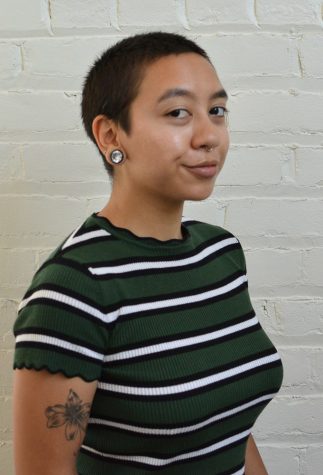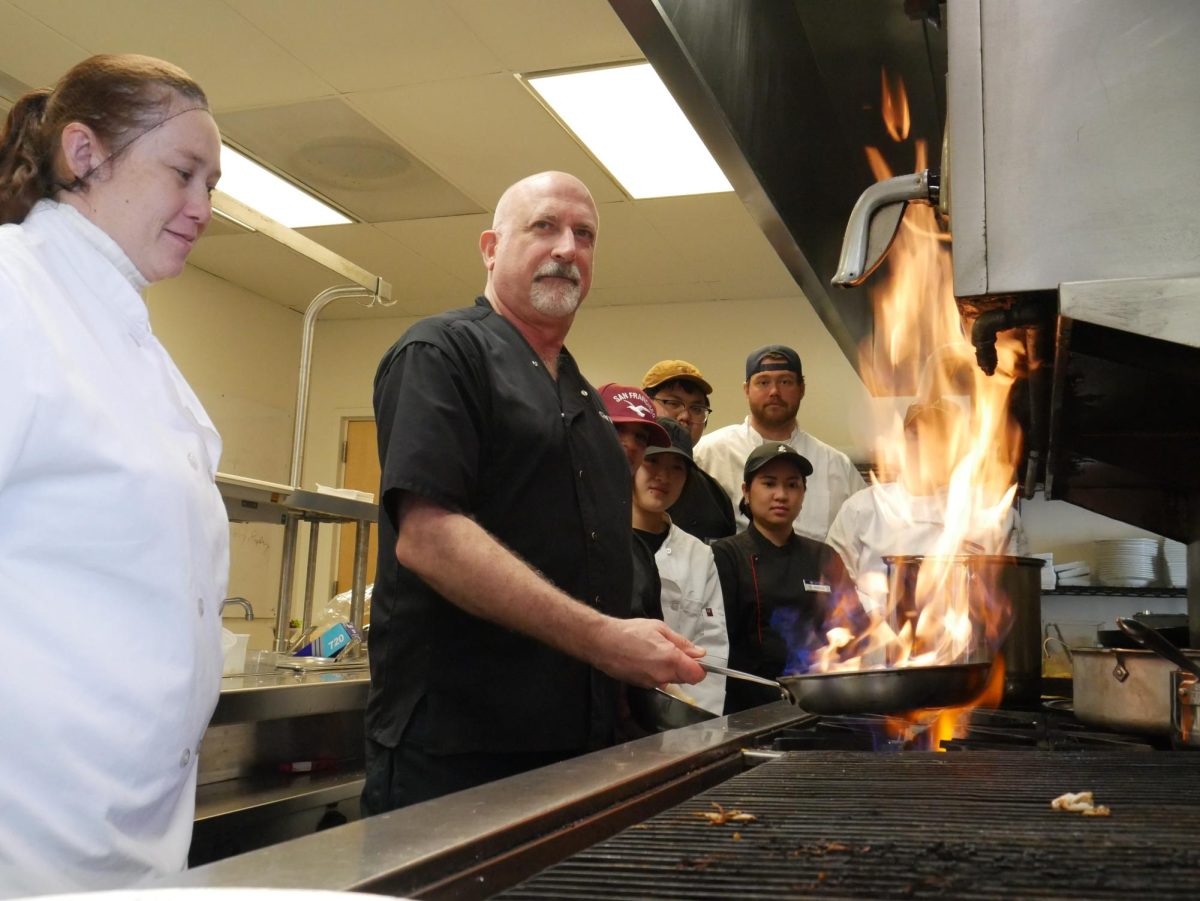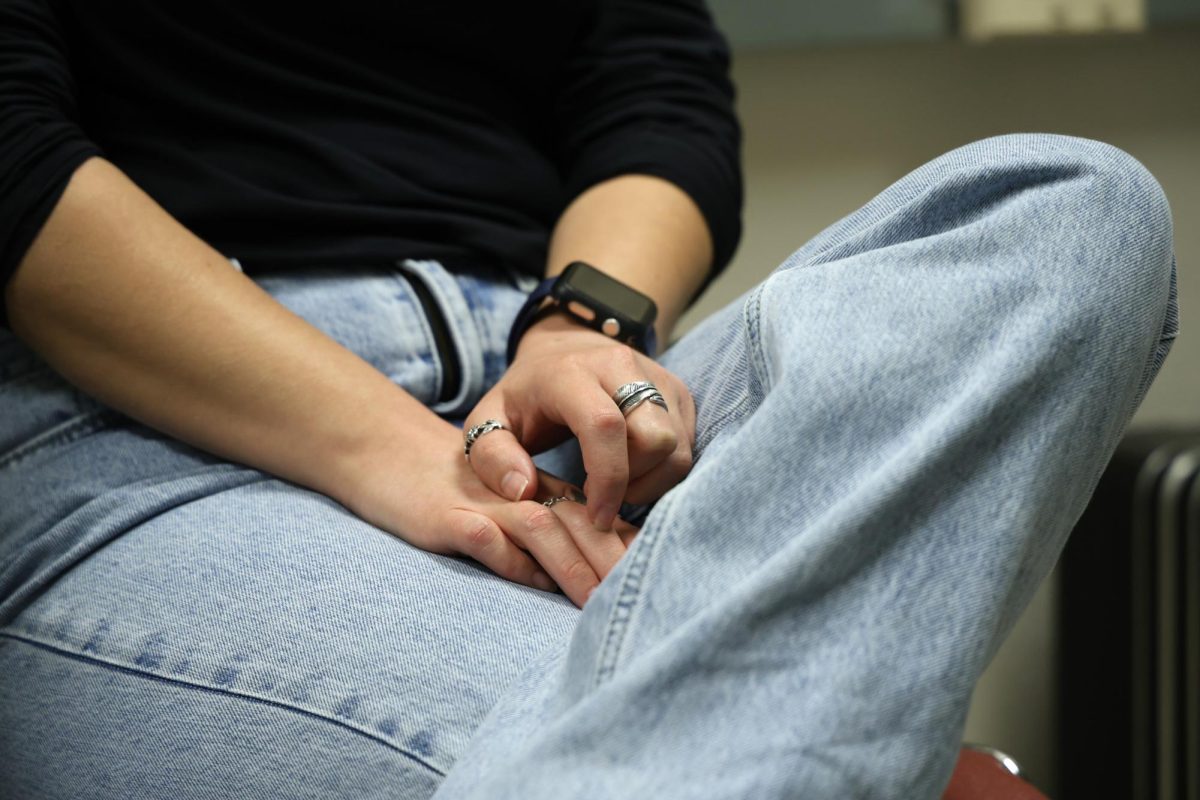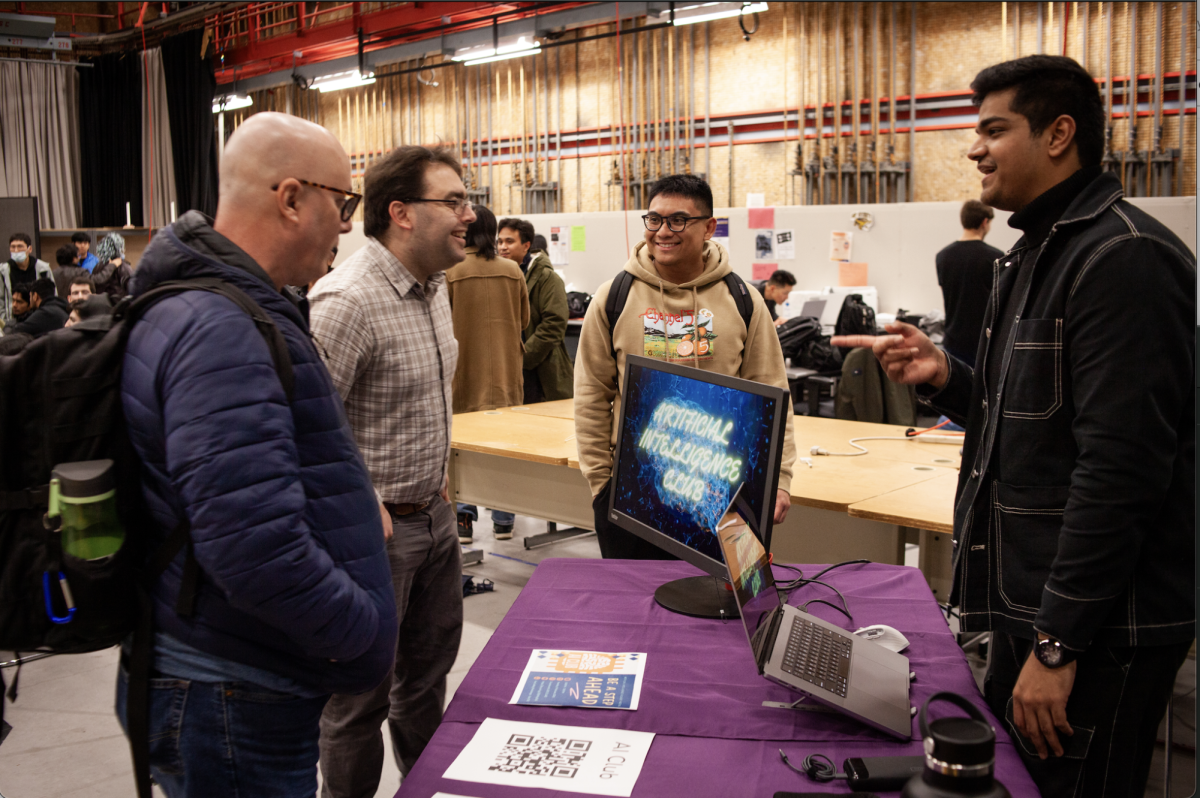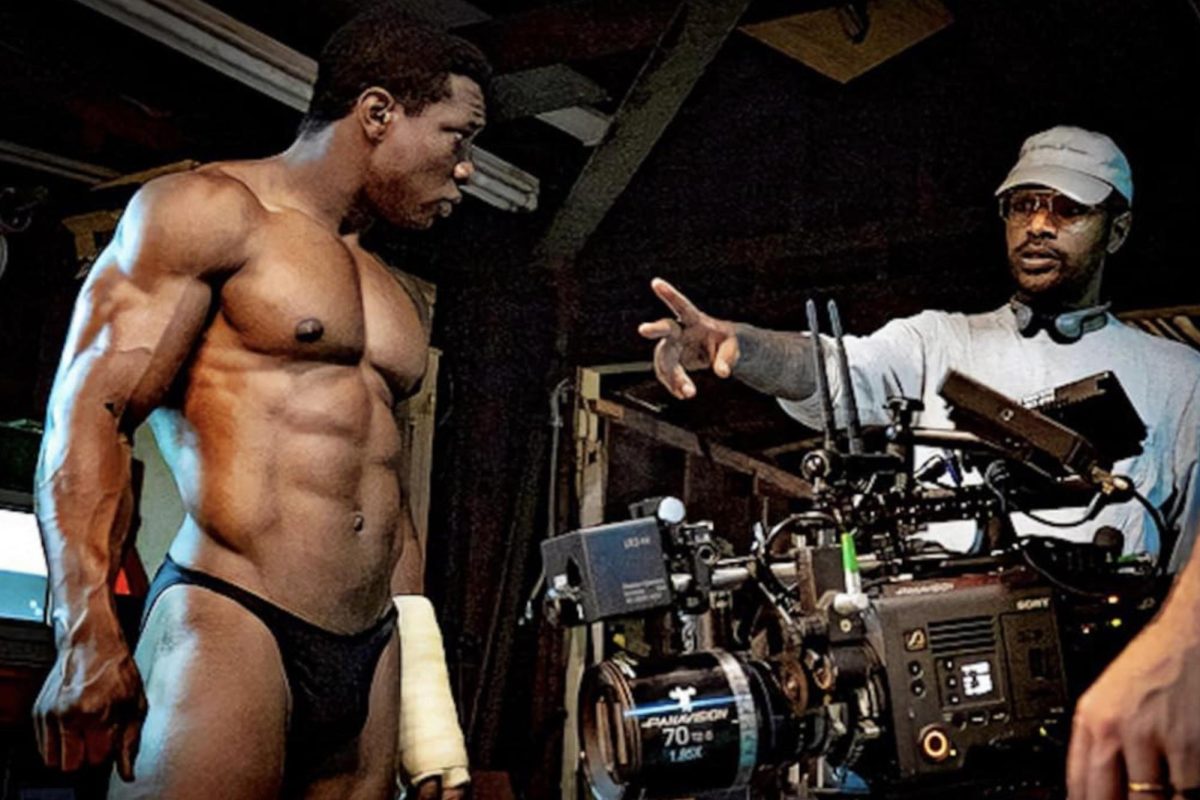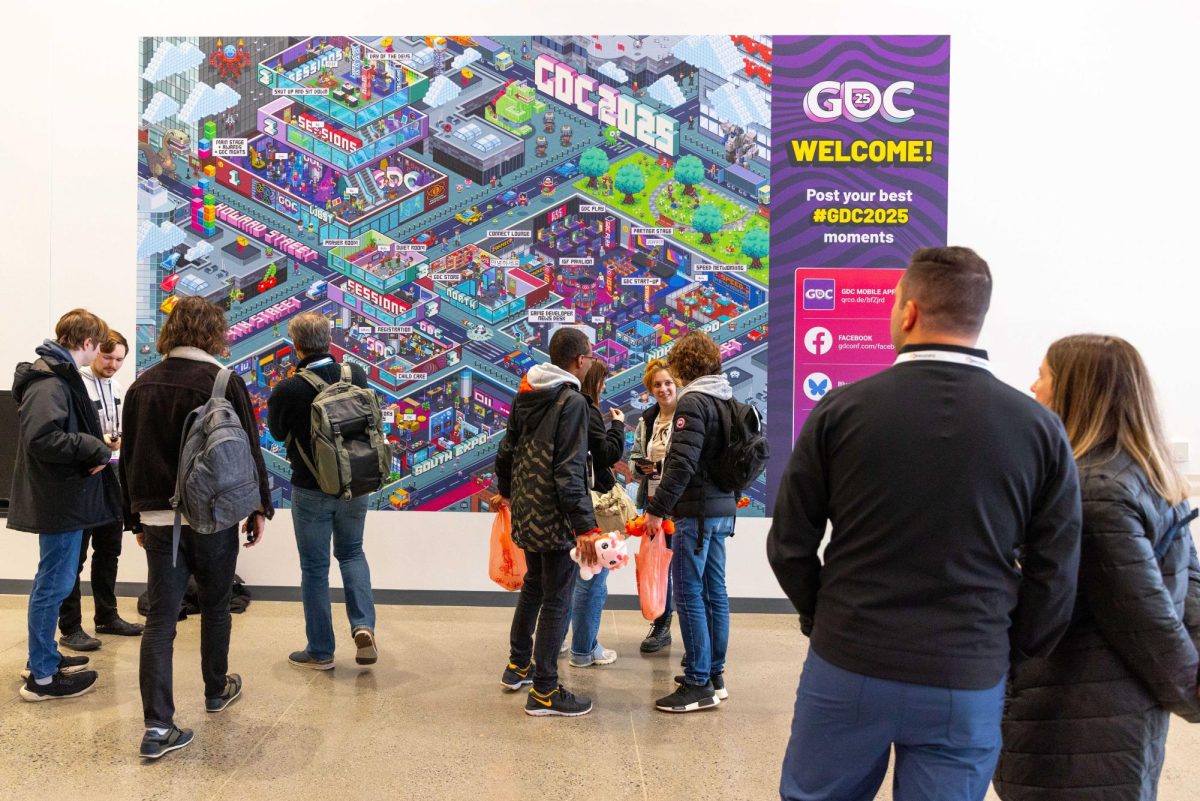Market Car Ban changes local commutes
San Francisco banned private cars on the stretch of Market Street from 10th Street to the Embarcadero. The city hopes this will alleviate traffic and make one of our busiest streets safer for pedestrians, cyclists and public transit users. (Photo by shaylyn martos / Golden Gate Xpress)
Feb 4, 2020
In an attempt to make one of San Francisco’s busiest streets more accessible for pedestrians, cyclists and public transit users, the city banned private cars from driving on Market Street as of January 29, 2020. Market is one of the busiest stretches in the city, according to data compiled by the SFMTA 500,000 people walk the street daily, as well as 650 bicyclists and up to 400 private cars.
This car ban applies to all private drivers, including ride-share companies like Uber and Lyft, and an infraction could mean a $238 ticket and a point against your driver’s license. While the long-term effects of the car ban are yet to be seen, for those who drive, ride or walk often on Market Street there are already some changes.
Earl Lang, MUNI bus operator
“I’m a bus driver. Operator, MUNI operator. I just started, this is my eighth or ninth month. I noticed a difference. You know, uh, it’s easy to get up and down here. Before I had to fight with all these cars cutting you off, doing everything they want to do. But I like it, I hope it stays like this. I don’t drive to San Francisco, you know, in my own car. So I don’t know how that would affect drivers. But as a bus driver, this is perfect.
Iryna Bilohorka, International Relations student
“I don’t really commute in a sense, because I don’t usually use public transportation since I live on Market. So everything is pretty accessible. I would say like I walk more than I use public transportation. I guess there is maybe a bit less traffic but like we still have lots of transportation so, it makes a difference, but it’s not such a significant difference.”
Chris McDermott, Garbage man
“It’s nice. They’re not in my way. I just hope that they control the pedestrians now. Hopefully the pedestrians continue to use the crosswalks and the bicyclists and everybody else use the bicycle lanes. Hopefully they don’t think it’s just a free for all.”
Nancy Hilton, Public transit user
“Does it affect the Lyft drivers? They’re not the best drivers. When I see accidents happen, that’s usually who it is. It’s somebody who’s new to the taxi service and they get nervous. Understandably, San Francisco’s a big town, but they’re usually the ones who aren’t the most savvy to pedestrians because there’s a lot of a lot of people who come to San Francisco to appreciate the more aesthetic side and they might not follow the traffic signals all that well. So you have to be wary. You have to watch the people who might wander in front of you.”
Charlie Osbourne, Coder
“I live in the Mission. And it’s like a 20 minute bike ride. And I love the weather when I commute, it feels great just to kind of get outside in the morning. And it’s a lot of fun and also, you know, sustainable, no carbon way of commuting. I’m sure the pedestrians will also be happier, less cars to deal with because Market’s kind of the hub of the city and no one wants this to be like Chicago or New York where you just wall to wall cars. So yeah, less congestion, which would be nice for my commute.”
The push for a car-free Market Street is driven by the city’s Vision Zero goal, which aims to eliminate traffic fatalities. Each year 30 people lose their lives and over 500 are injured while traveling on city streets, according to Vision Zero’s Action Strategy.
Within the next year the SFMTA is planning more changes to Market Street, including closing the stretch from any motor vehicles but MUNI buses and trolleys. Utilizing quick-build projects, which are low-cost solutions that include new signage and painting roads, the city hopes to continue making SF’s most busy streets safer for all.





